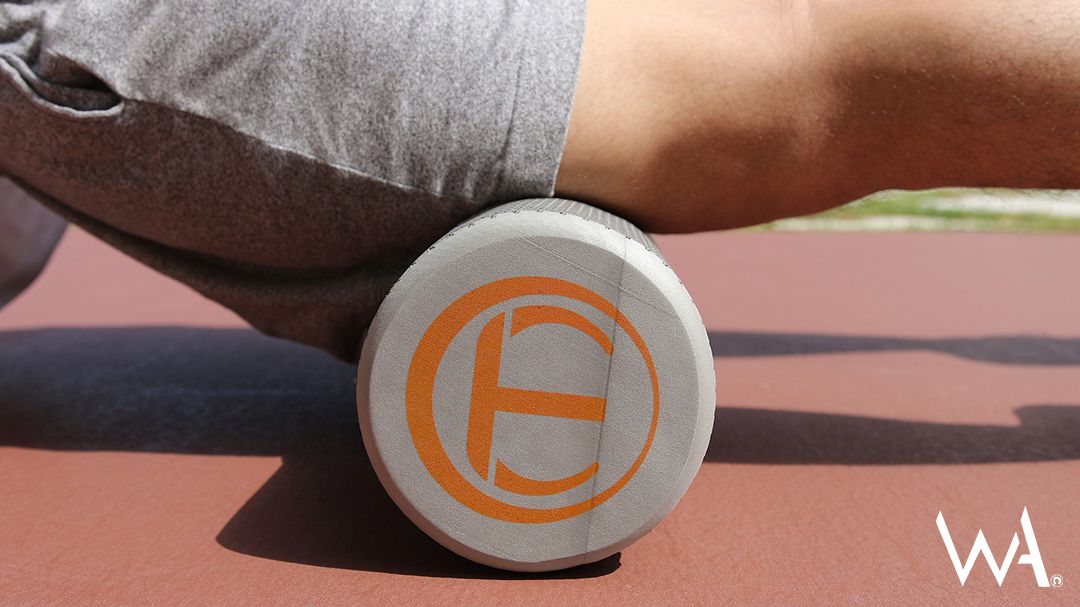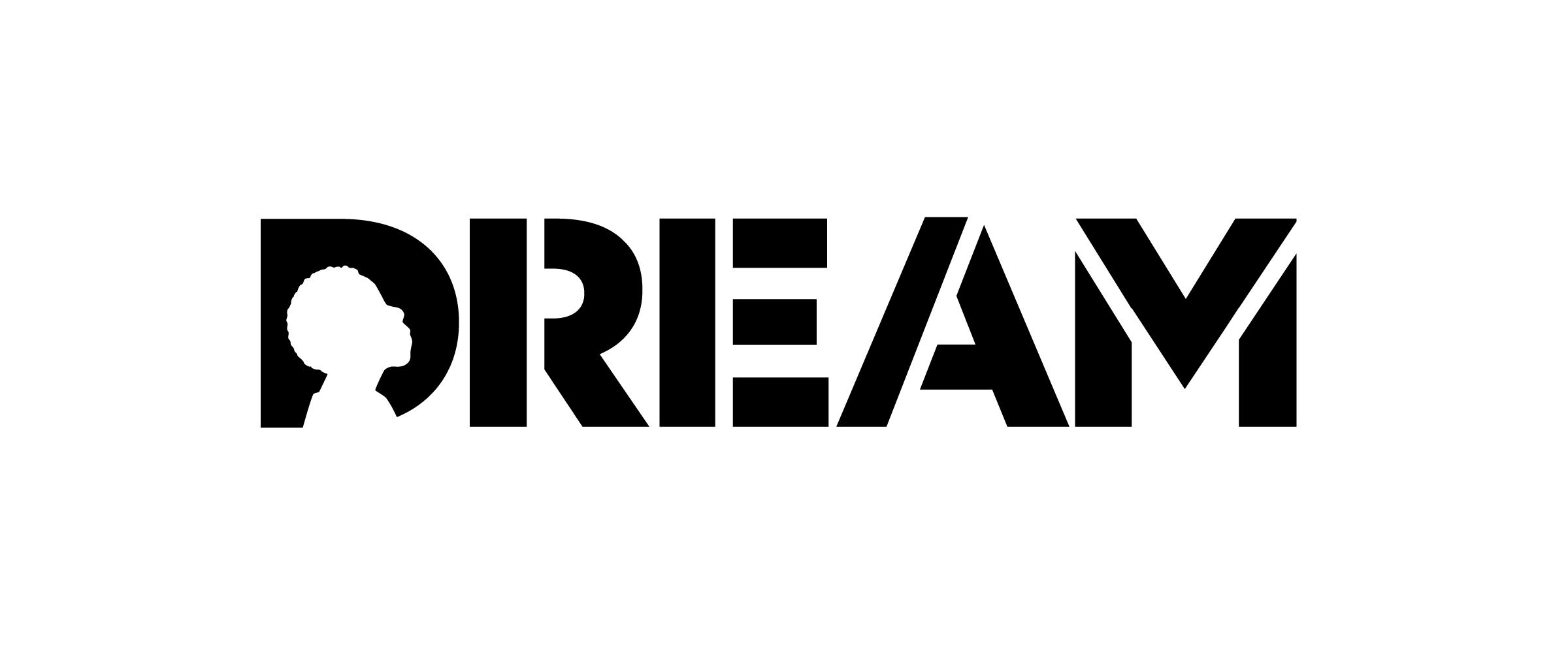
Myofascial release… WOW! What a big word! What does it mean? Foam rolling. If you’re still in the mindset that foam rollers are for everyone else, then you are missing out on one of the most effective tools at your disposal for physique building and strength training recovery and injury prevention.
Rollers are the most popular mechanism for self-myofascial release. It’s even gaining popularity among elite athletes of all walks because of the drastic and usually immediate impact it has on their performance and overall health.
Foam rolling can have a wide range of benefits for everyday strength training. Some of the basic, most obvious benefits will be increased blood flow throughout the body, better movement and increased range of motion.
These benefits can decrease the chance of injury and decrease recovery time after a workout. A decreased recovery time means more strength training sessions per week/month and results can come quicker. Increased circulation is huge for recovery and greater range of motion means you get to work muscles more thoroughly on lifting days.
The first place to start rolling for results is your calves. Most of the things we do negatively affect our calves. From the shoes we wear to the way we sit in a chair, our calves are in a shortened position most of the time. This limits the range of motion of the ankle and reduces function up the rest of the body.
To address this, begin by placing one leg on the roller, then place the other leg on top of it. Raise the hips and slowly begin to roll from the hips to your knee. If you find an extra tender spot, stop and hold. After about 20 seconds continue to roll through the area four or five times. Then set the hips on the ground and rotate the leg four times side to side.
The second best thing is to foam roll the quadriceps. Again, due to our daily activities, this area can become shortened and affect the function of the hips and put additional stress on the lower back.
Begin by lying down in a plank position and place your roller just above the kneecap. Slowly roll down, about an inch per second, towards the hip. If you find a tender spot, stop and hold for about 20 seconds. Then resume the rolling. After four rolls, bend the knee 4 times. Make sure to breathe through all of the rolling.
The third best place to foam roll is your upper back, or thoracic spine. This area is designed for rotation and extension. If you have poor posture, this area will get stuck. Begin by sitting on the ground and lay back to where the roller is just below the shoulder blades. Support your head with your hands and lean back into slight extension. Raise the hips and begin to roll towards the shoulders.
Make sure not get pressure onto the neck. This area normally doesn’t feel as tender as the others, but if it does, feel free to stop and hold pressure on one spot. Roll through the area of the spine four times with the hips up.
In a perfect world foam rolling would be done both before a workout as part of a dynamic warm-up and as part of a cool down. As part of the warm-up, it should be the first thing done, before any stretching, cardio or strength training. Here, it serves to get the blood flowing the areas that maybe aren’t receiving as much blood flow and helps to reduce tension in muscles.
As part of a cool down, the rolling helps to flush out blood that has pooled in the working muscles and allows fresh nutrients and oxygen to come in and begin the healing process.
DREAM, one of the Midwest’s well-known youth mentoring organizations, provides life-changing and life-enriching experiences to at-risk youth through mentoring and after-school programs in Omaha, Nebraska, and Springfield, Missouri. Their proven approach puts children in a comfortable setting where they’re encouraged to discuss openly, learn, and grow as individuals. Are you interested in getting involved with DREAM? Contact us today.


